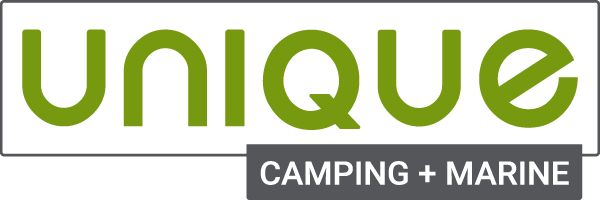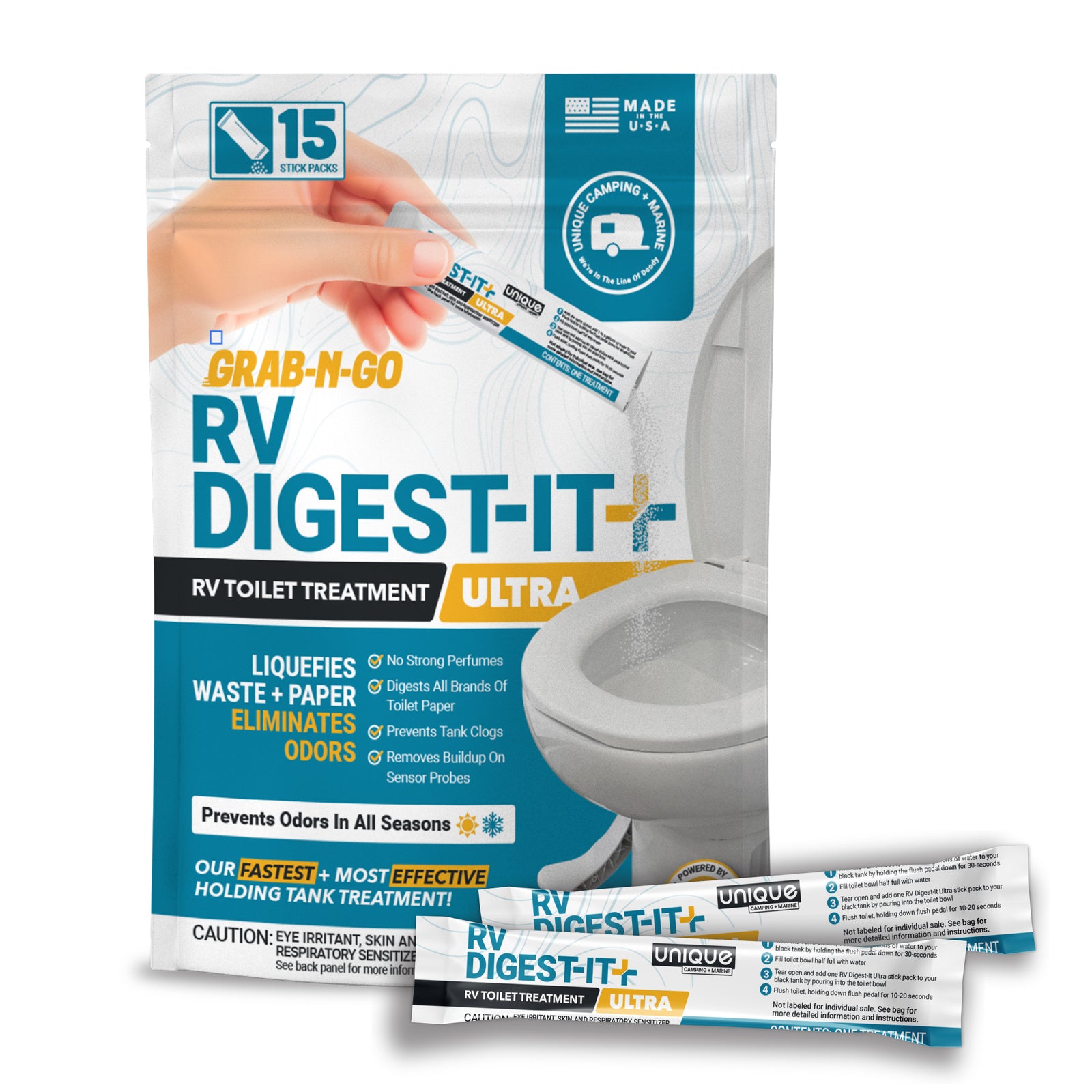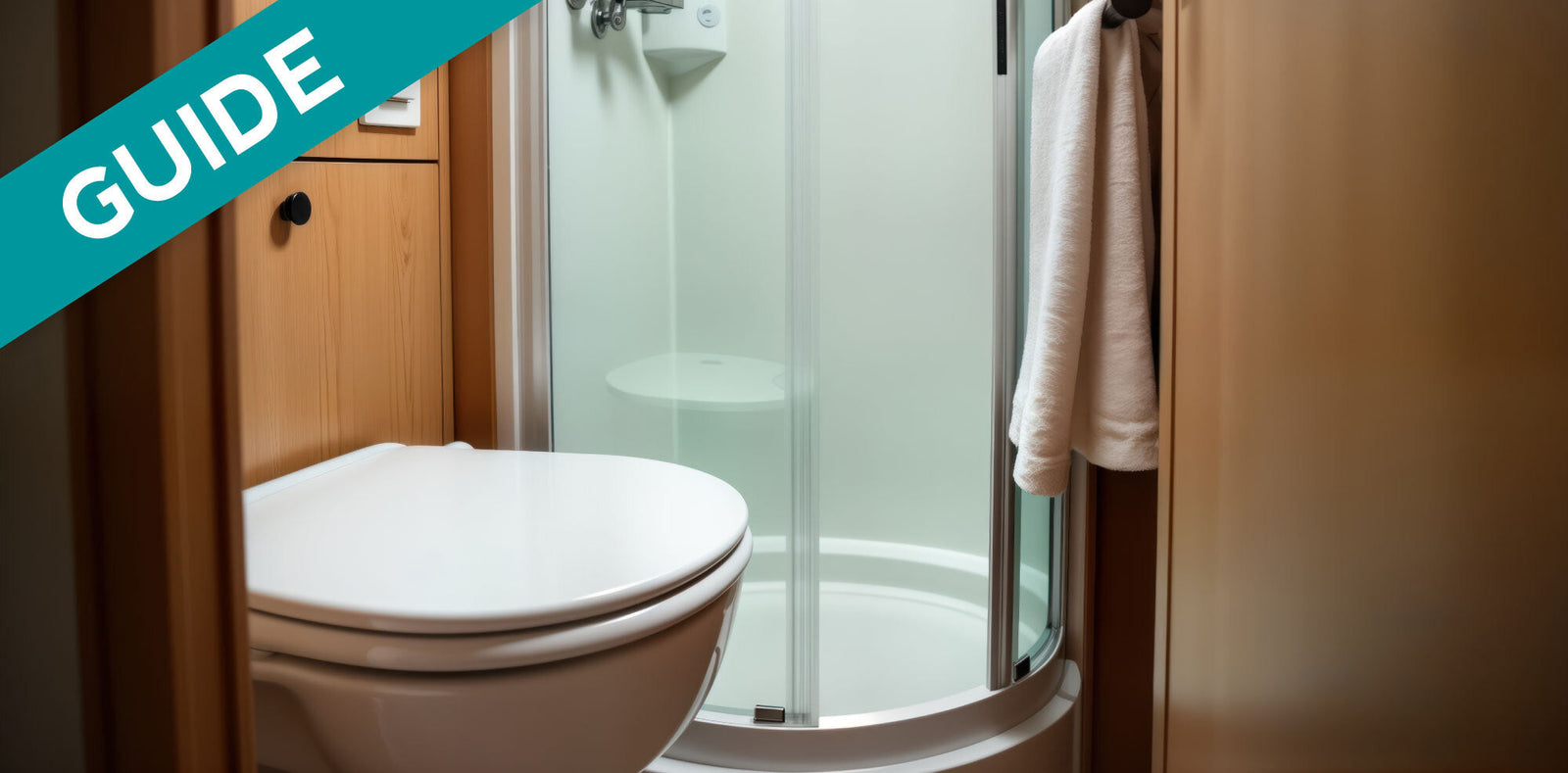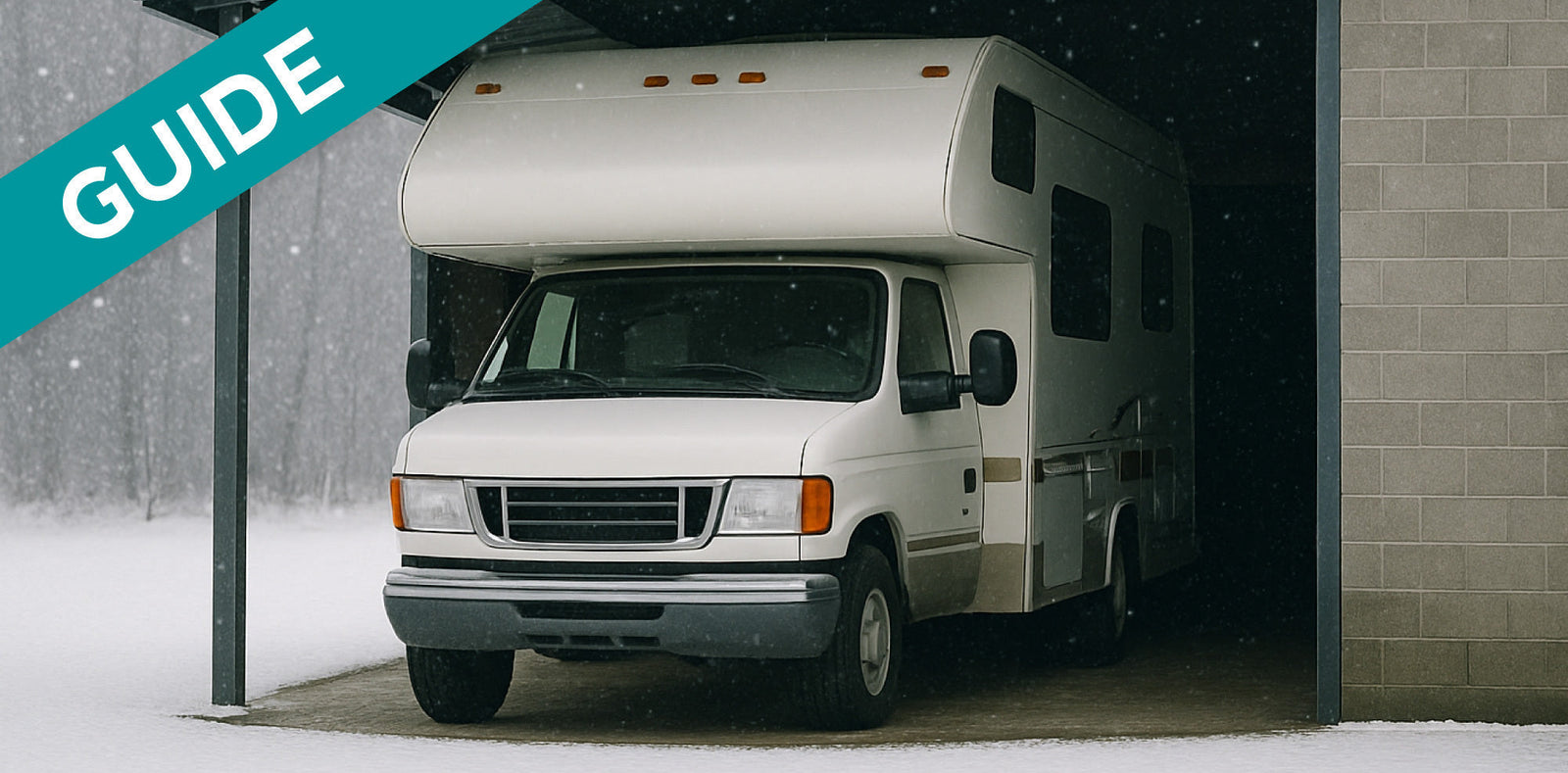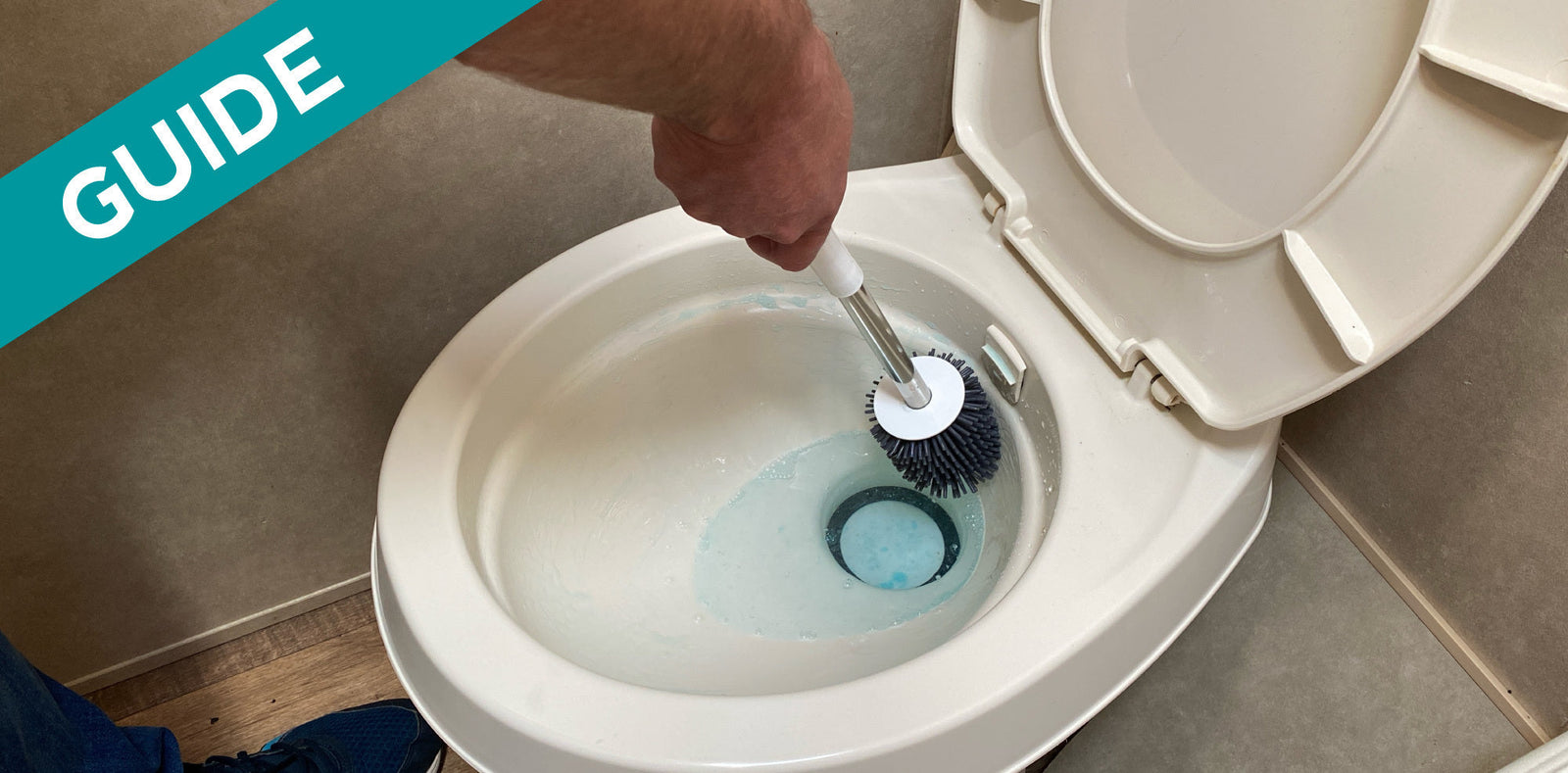
RV toilets function differently than household toilets, lacking a reservoir and flushing directly into a holding tank. Household cleaners contain harsh chemicals that can kill beneficial bacteria in your RVs black tank that can lead to clogs and odors. Using an RV-specific cleaner like Scrub-It ensures proper waste breakdown while preventing tank issues.
Essential Cleaning Tools & Techniques
- Use a silicone bristled brush to prevent scratching plastic bowls and damaging the toilet gasket.
- Avoid bristle brushes, scouring pads, or abrasive tools that can cause irreparable damage and may cause toilet components to need to be replaced.
Steps to Clean Your RV Toilet
Here’s what we recommend you do, and we will get into why right after.
- Add a small amount of water to the bowl and spread with a silicone brush.
- Apply Scrub-It evenly to the inside surface of the bowl.
- Scrub thoroughly, ensuring all areas are cleaned.
- Let sit for a few minutes, but don’t let it dry out.
- Flush your toilet and rinse well.
How Is an RV Toilet Different from a Home Toilet?
Unlike home toilets, RV toilets do not flush into a septic or city sewage system. RV toilets don’t have a toilet tank so you need to manually flush water through the toilet with a flush pedal/device to make sure waste is thoroughly rinsed through the system.
Most RV toilets are also made of plastic or have plastic components to reduce weight. Even porcelain models may contain plastic elements like the flush ball and toilet gasket, which require gentle care to avoid damage. Using silicone brushes and RV-safe cleaners helps maintain longevity of your RV toilet and can prevent problems in your black tank.
Choosing the Right Toilet Cleaner
All toilet cleaners fall into two main categories:
- Chemical-Free Cleaners: Ideal for RVs, as they support beneficial bacteria in the black tank. Scrub-It not only cleans but also enhances waste breakdown. Using this type of cleaner with a high-quality tank treatment, like Unique RV Digest-It Ultra, keeps your holding tank odor-free and functional.
- Chemical-Based Cleaners: Household cleaners containing chlorine or bleach may remove residue but will also kill beneficial bacteria in your black tank, halting the waste breakdown process. Avoid these to prevent odor and clogging issues.
Note: For more information on why it’s a good thing to have bacteria in your holding tanks, refer to our guide on Why Bacteria and Enzymes Are Good for Your RV Holding Tanks.
Best Practices for Maintaining an RV Toilet
- Always use chemical-free cleaners to protect the bacteria in your black tank.
- Keep water in the bowl when stationary to form a vapor barrier against odors.
- Regularly use a high-quality tank treatment to maintain efficiency.
- Prevent damage by avoiding stiff brushes and abrasive tools.
Final Review
- RV toilets require different care than home toilets.
- Use chemical-free cleaners like Scrub-It to protect waste breakdown in the black tank.
- Silicone toilet brushes prevent damage to the bowl and gasket.
- Keeping water in the bowl helps control odors.
By following these best practices, you’ll maintain a clean, functional RV toilet while avoiding costly repairs and unpleasant odors. If you’re looking for more helpful tips and tricks, we recommend you check out The Unique Method. The Unique Method is 30 years worth of knowledge in one convenient place. These tips will help you follow the current best practices for treating your holding tanks and prevent common issues like clogs, odors and misreading sensors.

Prevent Common Problems In Your Tanks!
From misreading sensors, preventing clogs, or eliminating odors, we've got you covered no matter how you camp! All our best holding tank tips and trick information plus more can be found conveniently in one place when you download our FREE Unique Method Field Guide PDF. Achieve holding tank bliss today!
Get The Free Download Get The Free Download